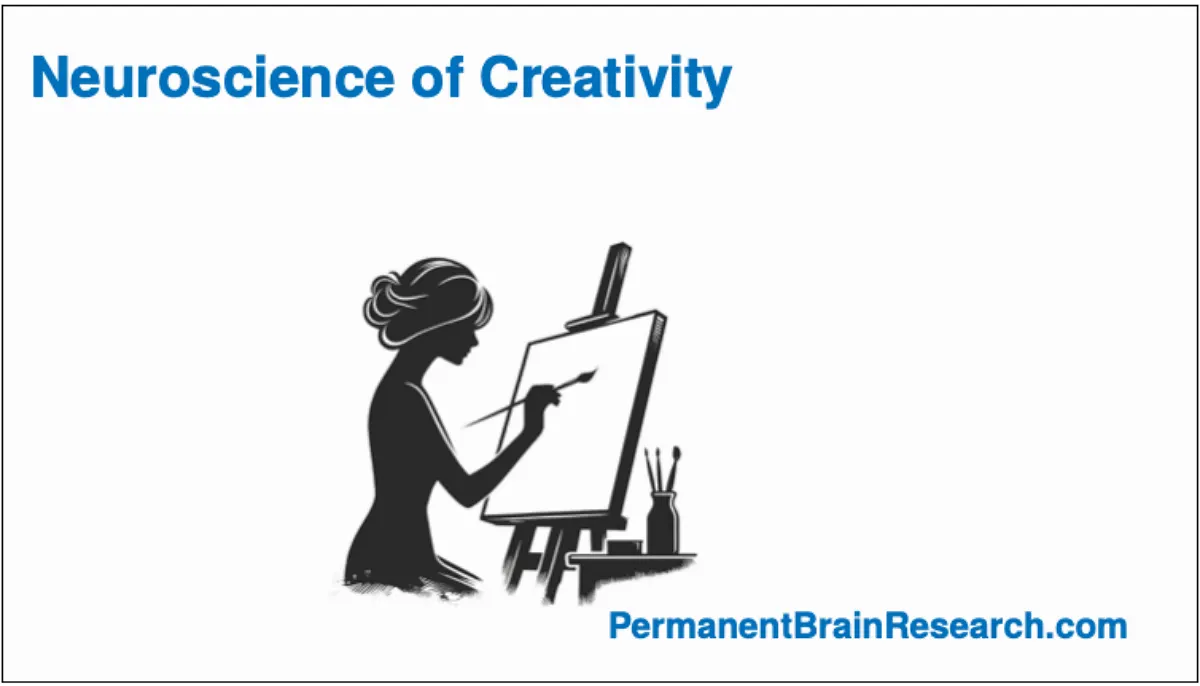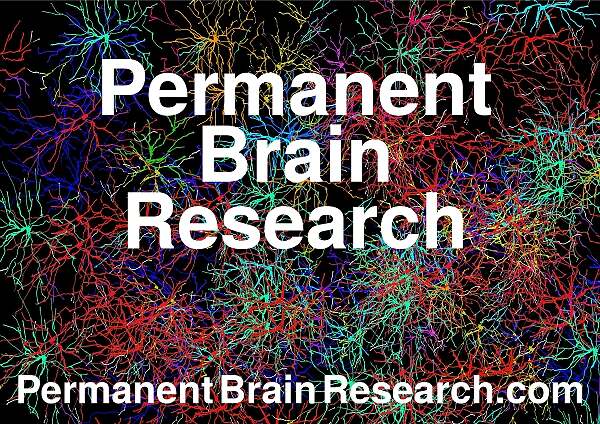
Neuroscience of Creativity
What is creativity?
Creativity is the courage and willingness to connect words, things, and other entities that “normally” or in a common sense do not belong together.
Where is creativity useful and needed?
Creativity is recommended in relationships, problem-solving processes, the design of fashion or machines, and advertising.
What brain areas are involved in creative processes?
The Limbic System – faster than any other region in the brain
Imaging and imagination are created in the limbic system. Emotions like joy and fascination (as well as anger and fear) are associated with the limbic system. Positive emotions are crucial for the creative process. The positive emotions can outperform critical considerations that come from the prefrontal cortex.
The prefrontal cortex within the frontal lobes
The prefrontal cortex is crucial for functions like attention, divergent thinking, working memory, and executive functions. Generating a choice of multiple answers to a given problem is accompanied by thinking abstractly and managing the evaluation and selection of generated ideas.
The temporal lobes are involved in processing semantic memory, which helps make novel associations between unrelated concepts or entities. This is a core aspect of creativity.
Parietal Lobes
These regions contribute to spatial and visual cognition. This is essential for transforming and manipulating images and ideas in the mind. This ability is especially important in artistic creativity where visual-spatial skills are paramount.
Cerebellum
Recent studies suggest that the cerebellum, traditionally associated with motor control, also contributes to creativity by fine-tuning thoughts and ideas, similar to how it refines physical movements.
Corpus Callosum
This large bundle of nerve fibers connects the left and right hemispheres of the brain. A well-integrated corpus callosum facilitates better communication between hemispheres, which is vital for creative thought as it often requires the integration of logical (typically left-hemisphere dominant) and intuitive (typically right-hemisphere dominant) thinking.
Default Mode Network (DMN)
The Default Mode Network (DMN) is a group of interconnected brain regions that are most active when the mind is wandering or a person is daydreaming. It’s also called the “internal mind” because it’s linked to self-referential thinking, like reflecting on memories or planning for the future.
The mind wandering might be essential for the core function of creativity: Putting entities and concepts together that where not meant to connect formerly.
What brain states avoid creativity?
Brain states like stress, anger, grief do not contribute to creativity.
Introduction to the Neuroscience of Creativity
The neuroscience of creativity explores the neural mechanisms and brain networks involved in creative thinking and behavior. This field combines insights from cognitive neuroscience, psychology, and neuroimaging to understand how creativity is generated and how it can be enhanced. Recent advances have provided a more detailed understanding of the brain’s role in creative processes, offering insights into both the biological underpinnings and potential applications for enhancing creativity.
Neural Mechanisms and Brain Networks
Research has identified several key brain networks involved in creative cognition, including the default mode network, executive control network, and salience network. These networks often work in opposition but are crucial for creative thinking, as they facilitate goal-directed memory retrieval, prepotent-response inhibition, and internally-focused attention (Beaty et al., 2019; Beaty et al., 2018). Functional connectivity within these networks can predict an individual’s creative thinking ability, highlighting a distinct brain connectivity profile associated with creativity (Beaty et al., 2018).
Methodologies in Neuroscience Research
The study of creativity in neuroscience employs various methodologies, including EEG, fMRI, and PET, to measure brain activity during creative tasks. These methods help identify brain correlates of creative thinking and assess the reliability and validity of creative insights (Fink et al., 2007; Sawyer, 2011). Experimental tasks and psychometric assessments are used to operationalize creative thinking, allowing researchers to explore the neural correlates of creativity in controlled settings (Fink et al., 2007; Benedek et al., 2019).
Individual Differences and Predictive Modeling
Individual differences in creative ability can be modeled using network neuroscience approaches. Studies have shown that functional connectivity between brain networks can reliably predict creative thinking ability, suggesting that creativity is characterized by specific neural architectures (Beaty et al., 2019; Beaty et al., 2018). This approach allows for the prediction of creative performance across different domains and the identification of neural patterns associated with high creative ability (Beaty et al., 2018).
Enhancing Creativity
The neuroscience of creativity also explores methods to enhance creative thinking. Interventions range from cognitive techniques to physical activities, aiming to stimulate the brain networks involved in creativity (Fink & Benedek, 2019). Understanding the neural basis of creativity-enhancing methodologies can lead to practical applications in education, therapy, and professional development (Vartanian et al., 2013; Fink & Benedek, 2019).
Challenges and Future Directions
Despite significant progress, challenges remain in the neuroscience of creativity, including the heterogeneity of findings and the need for more reliable and reproducible measures. Future research should focus on refining methodologies, exploring domain-specific creative processes, and testing causal hypotheses regarding network interactions and cognitive mechanisms (Beaty et al., 2019; Benedek et al., 2019; Dietrich, 2004). Collaboration between creativity researchers and neuroscientists is essential to advance the field and uncover the complexities of the creative mind (Sawyer, 2011).
Studies about Neuroscience of Creativity
Vartanian, O., Bristol, A., & Kaufman, J. (2013). Neuroscience of Creativity. Creativity.
Beaty, R., Seli, P., & Schacter, D. (2019). Network neuroscience of creative cognition: mapping cognitive mechanisms and individual differences in the creative brain. Current Opinion in Behavioral Sciences, 27, 22-30.
Fink, A., Benedek, M., Grabner, R., Staudt, B., & Neubauer, A. (2007). Creativity meets neuroscience: experimental tasks for the neuroscientific study of creative thinking.. Methods, 42 1, 68-76.
Benedek, M., Christensen, A., Fink, A., & Beaty, R. (2019). Creativity assessment in neuroscience research.. Psychology of Aesthetics, Creativity, and the Arts.
Dietrich, A. (2004). The cognitive neuroscience of creativity. Psychonomic Bulletin & Review, 11, 1011-1026.
Fink, A., & Benedek, M. (2019). The Neuroscience of Creativity. Neuroforum, 25, 231 – 240.
Beaty, R., Kenett, Y., Christensen, A., Rosenberg, M., Benedek, M., Chen, Q., Fink, A., Qiu, J., Kwapil, T., Kane, M., & Silvia, P. (2018). Robust prediction of individual creative ability from brain functional connectivity. Proceedings of the National Academy of Sciences, 115, 1087 – 1092.
Sawyer, K. (2011). The Cognitive Neuroscience of Creativity: A Critical Review. Creativity Research Journal, 23, 137 – 154.
For more information, visit these websites:
https://www.scientificamerican.com/blog/beautiful-minds/the-neuroscience-of-creativity-a-q-a-with-anna-abraham/
Explore: What is Permanent Brain Research?
